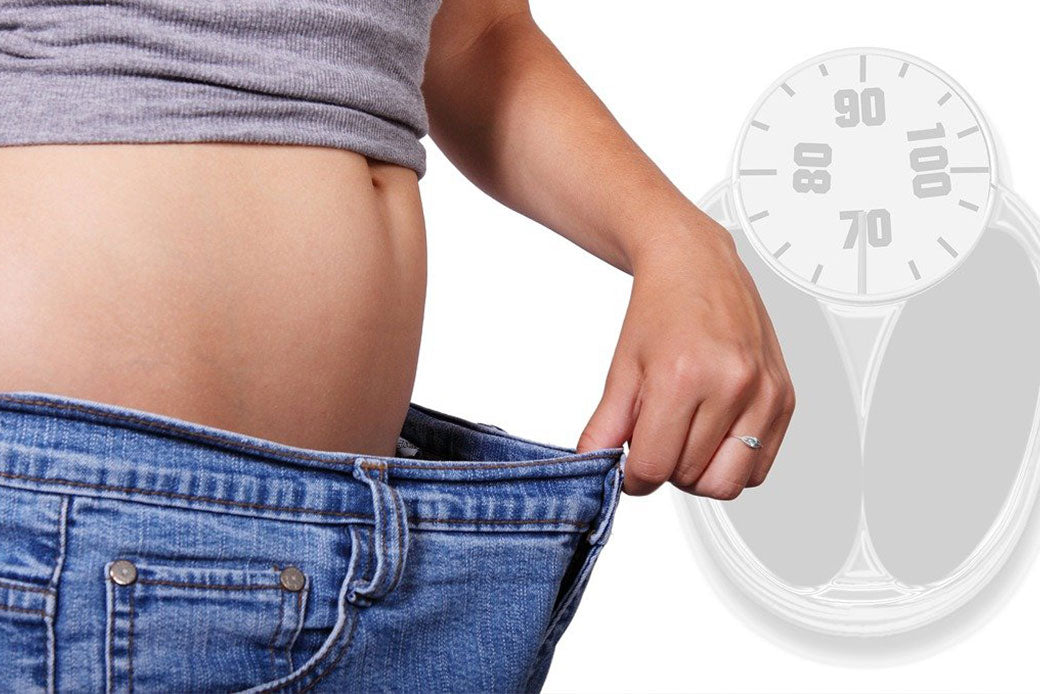If you do these three things right during exercise, you'll burn more calories

Have you wanted to become thin, but the results are slow, so is there a method? As necessary today, the technique and effort summarized three handy tips to you, so that you exercise once, double the fat burning, it is recommended to collect Oh.
1. Change the order of exercise

When you want to the gym fitness, what is your process? Commonly, some people are utilized for running a few minutes first and then do some strength training. It looks like a combination of cardio and strength training together, but is it helpful for muscle building or weight loss? If you want to understand this problem, you need to clarify what aerobic exercise is and what anaerobic exercise is.
Aerobic exercise is low-intensity and long duration of exercise like cycling, jogging, swimming, etc. On the contrary, anaerobic exercise refers to the greater intensity and the time of the exercise that is not so long (intervals of no more than 2 minutes) like sprinting, lifting weights, etc.
Of course, taking into consideration various factors, age, physical condition, etc. There will not be any kind of exercise suitable for everyone. The way to help fat loss is to combine aerobic and anaerobic exercise, which is the right way to practice. It is recommended to do anaerobic exercise first and then do aerobic exercise. Anaerobic is training relies on glycogen for energy supply, while aerobic exercise is the body will mobilize glycogen for energy supply first. When glycogen is depleted, it will raise the fat supply ratio. In other words, if you do anaerobic first, you can prioritize the mobilization of glycogen in your body for energy supply so that if you do aerobic again. It will improve the efficiency of fat calling (fat burning time earlier), and the fat-burning time will be longer.
In summary, you can arrange it this way when exercising. Do about 20 minutes of strength training firstly, then more than 30 minutes of aerobic exercises, you can improve the efficiency of fat burning.
2.Change your exercise routine

Many people choose running as a form of exercise in the beginning to lose weight. Because it has the advantage of a relatively low threshold and is cost-effective, without having to run to the gym, have you found that although the effect of running at the beginning is more prominent, the efficiency of fat loss will slowly decline over time. The reason is that the body's "adaptability." After you are skilled in the movement, long-term single exercise mode will lead to your body's calorie consumption reduced, thus weakening the effect of exercise.
If you encounter such a "bottleneck," you need to adjust your way of exercise. For example, you can increase the length or frequency of running or switch to another form of exercise. For example, choose an exercise bike. Exercise bikes can help improve your cardiovascular health and endurance levels. A healthier heart also means it can pump blood and deliver oxygen throughout your body more efficiently, which gives you better lung capacity. This new movement pattern helps break the body's rigid exercise balance.
Of course, you can also take the advice from the first point and add strength training during cardio. The improved fat-burning effect is also helpful in maintaining muscle.
3.Eat moderately after exercise

In many people's view, The aim of exercise is equivalent to burn calories and burn fat. Eating after a workout is in vain? On the question of whether eating after exercise will lead to weight gain. First of all, the central premise is that it bases on what you eat and how much you eat. Secondly, it can be pretty clear that you will not gain weight.
The body has two metabolic patterns, anabolism and catabolism. Anabolism is brilliant after exercise. In other words, the purpose of eating is equivalent to replenish our substances during exercise while repairing damaged muscles. For this reason, post-exercise nutrition gives priority to glycogen and protein synthesis over fat. At this point, one might ask, how do you know it's not greasy? That's a good question. It's worth learning about glycogen and fat and their function.
Glycogen, otherwise known as glycogen, is stored primarily in the muscle and liver, which we often hear about as muscle glycogen and liver glycogen. And is the primary way our body stores energy? Your body uses a lot of glycogen during exercise, so you need it for your next workout. The same is valid for muscles, which also need nutrients to repair. What fact does be it keeps us alive, which is anti-hunger? When you're hungry, fat is there to keep us hopping. Built on the different functions of glycogen and fat, this leads to varying trends in post-exercise nutrition. And the body is so intelligent. It prioritizes much-needed glycogen and muscle repair, which is notoriously difficult to turn into fat.
I suggest you supply appropriately high protein and carbohydrates, bananas, eggs, whole wheat bread, etc., after half an hour of exercise.

